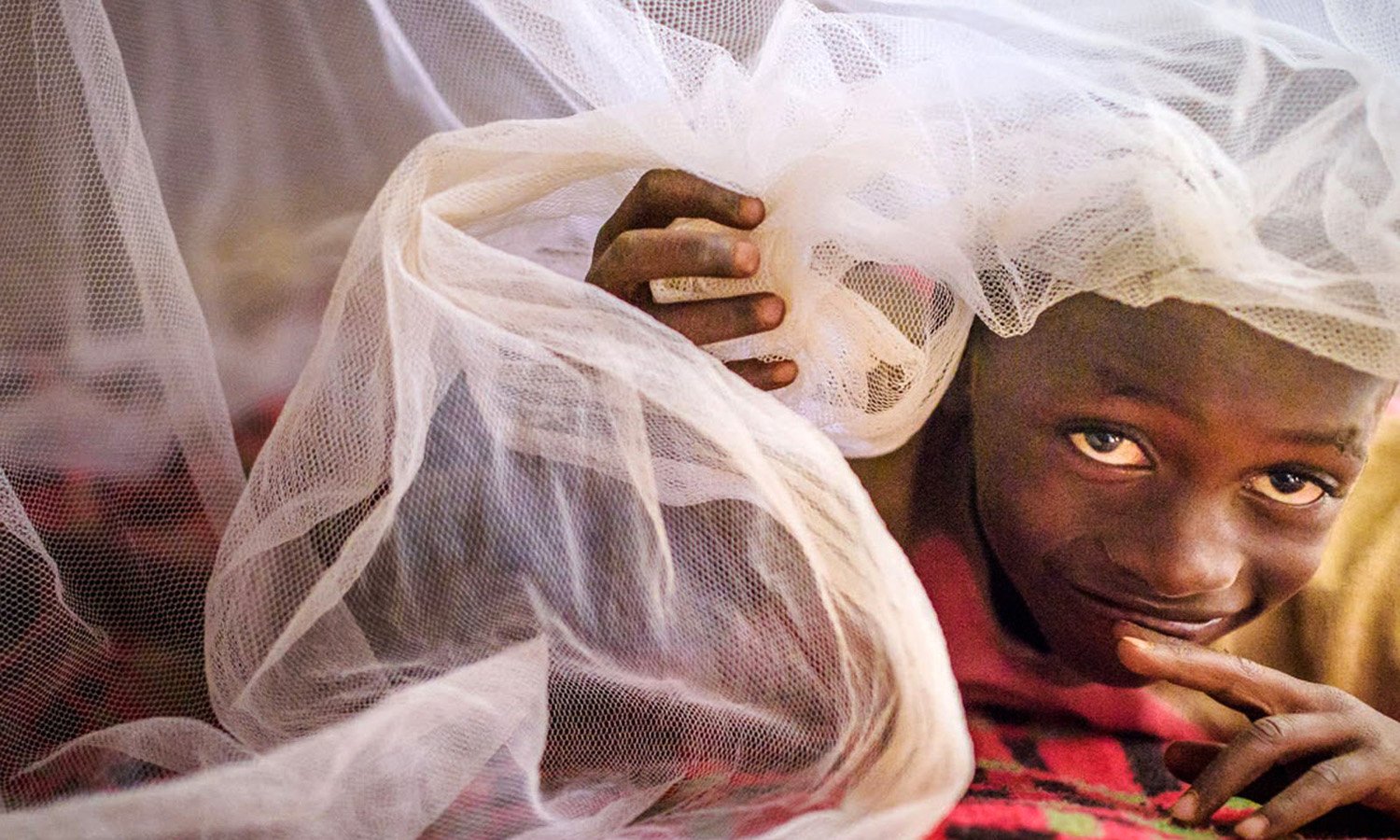New malaria drug introduced in Uganda

The anopheles mosquito that causes malaria
KAMPALA- Scientists have developed a new anti-malaria drug to boost the fight against malaria.
Pyramax which was developed by Shin Poong Pharm, a Korean company, stays in the body for a long time thus protecting the patient for an extended period.
Mr Bob Peter Okello, the country manager of Shin Poong Uganda, said that a number of clinical trials were carried out and proved that the drug is efficient in the treatment of uncomplicated malaria.
“The clinical trials have captured so far over 9,000 people. The drug is very tolerable to most patients who took it .If you look at the studies and compare it with other drugs on market in terms of clearing the parasite in the body that is causing malaria, it’s actually faster,” Mr Okello said.
The drug comes in granules for oral suspension for children weighing five to 19 kilogrammes and tablets for adults. It is child friendly, taken once a day and can be taken with or without meals.
The drug can work as a first line and second line to do re-treatment.
Speaking at the launch of the drug on Friday, in Kampala, Dr Jimmy Opigo the programme manager at the National Malarial Control programme at the Ministry of Health, said the launch does not mean they are abandoning other options but rather adding on the available ones.
“We have learnt that 17 years have been invested in developing this product. It is in the interest of the anti-malaria community to constantly develop alternatives. Mosquito parasites have constantly changed and therefore, we need to develop new tools to match their ability to change,” Dr Opigo said.
Dr Opigo said his department together with National Medical Stores have examined the effectiveness and safety of the drug.
Malaria prevalence in Uganda has reduced markedly from 42 percent in 2009 to the current level of 19 percent. A 2013/2014 report by the Parliamentary Committee on Health showed that 50 percent of deaths caused by malaria in Uganda are among children below five years.




